
Outline of Project
Desertification has damaged one in six people on the planet, one-fourth of the land, 3.6 billion hectares, and population growth and poverty have led to overgrazing, deforestation, and overcultivation, creating a vicious cycle.
In addition, 12 million hectares (equivalent to one third of Japan’s area) are lost every year, and 20 million tons of grain are declining. Since 2001, OISCA has been carrying out tree planting with the participation of local residents at Alaxa, Inner Mongolia, the source of yellow sand that blows to Japan. By cultivating Cistanche deserticola Y.C.Ma, a Chinese herbal medicine that parasitizes the roots of Haloxylon spp. which is effective in preventing desertification, the livelihoods of herders have been improved, and the motivation of participating of local residents for greening activities have changed. In 2018, the planted area expanded to 175,000 hectares, approaching equivalent to the area of Tokyo. However, there is still about 93% of the deserted land, which is far from stopping desertification.
On the other hand, in 2020, the COVID-19 pandemic spread all over the world, and it has not yet converged. In the desert, many plants and trees that are the raw materials for herbal medicines grow. By not removing the roots at the time of harvest, these vegetation will remain semi-permanently, and a certain effect of preventing desertification can be expected.
Activity Plan
We plant Haloxylon spp., which is effective in preventing desertification. At the same time, a nursery for collecting seeds of medicinal herbs that the effect of alleviating the symptoms of COVID-19 will be created, and a system will made to provide seeds to growers free of charge from next year onward. Tree species to be cultivated are Artemisia desertorum, Ephedra sinica, Belamcanda chinensis, and Glycyrrhia uralensis. In dertifrication, the soil is fixed by the rooting of herbs, and insects and small animals can be visibly increased, which can be expected to contribute to biodiversity.



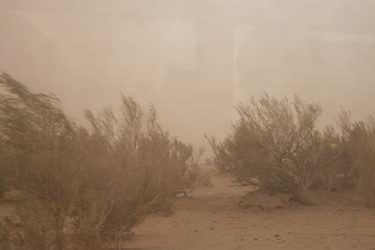
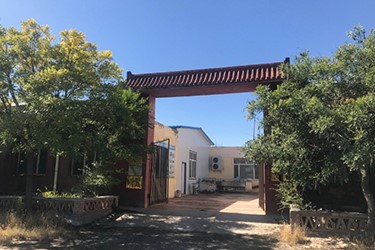
Report on Recent Situation (December, 2021)
Haloxylon spp., which is the main tree planting species in the shrub forest, has not been planted because the planting time is from the end of March to the beginning of April. Another activity, herbal nursery that has the effect of relieving the symptom of COVID-19, has been created since summer. We are cultivating 4 species: Artemisia desertorum, Glycyrrhiza uralensis, Belamcanda chinensis, and Ephedra sinica. From the next fiscal year onward, we will cultivate seeds on the premises of the OISCA Research and Training Center in order to create a system that can provide seeds to farmers free of charge.
All of them are easy to cultivate and are very valuable as medicines, but they are not known to the general public except for Glycyrrhiza uralensis. Though the cultivation in this project, we hope that this herbal cultivation leads to an increase in income and that its viability is effective for desert greening.
Artemisia desertorum
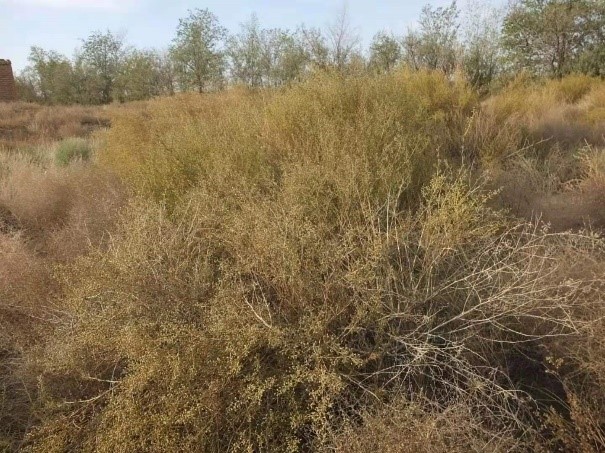
It grows from seed. It is a pioneer plant in the same genus as wormwood, and if sown in sandy soil, it will naturally increase without irrigation, only with rainwater. It has the same characteristics as mugwort, which is the first plant to grow in wastelands in Japan, but the desert variety is not only stronger but also contains more artemisinin, making it the most likely to become widely used as a folk medicine for malaria and corona.
Glycyrrhiza uralensis
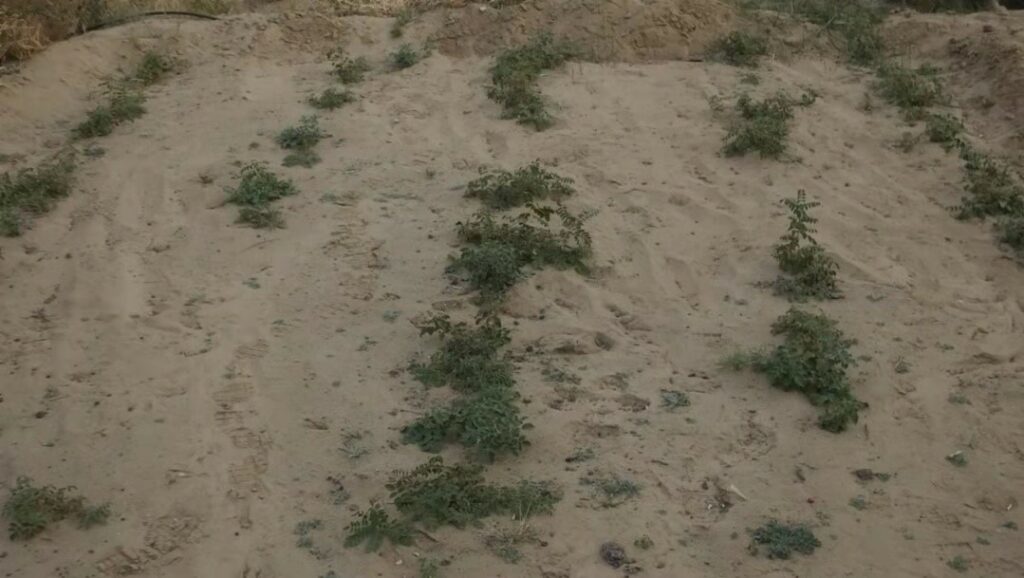
It requires some irrigation in the beginning, but once rooted, it grows rapidly and can be harvested in three to four years.
Glycyrrhizic acid from this plant is a familiar medicinal herb used not only in herbal medicine but also in sweets.
Since it is a well-known medicinal herb, we are conducting a trial cultivation in the hope that its cultivation will take root among desert residents.
Belamcanda chinensis
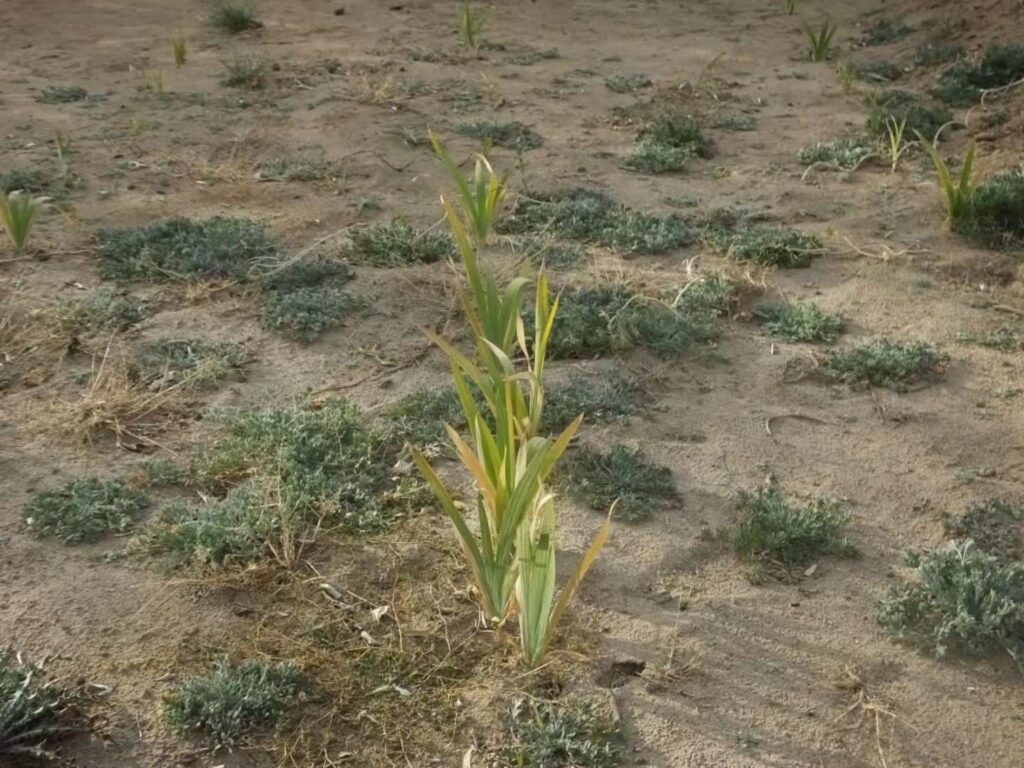
Belamcanda chinensis is also used for throat and bronchial asthma, and because it contains isoflavones, which improve balance of hormones, it is used in menopausal women’s medicines and hair growth products. It is susceptible to drought and requires irrigation, but once rooted, it flowers and spreads by dropping many seeds. It is firmly established as an active plant.
Ephedra sinica
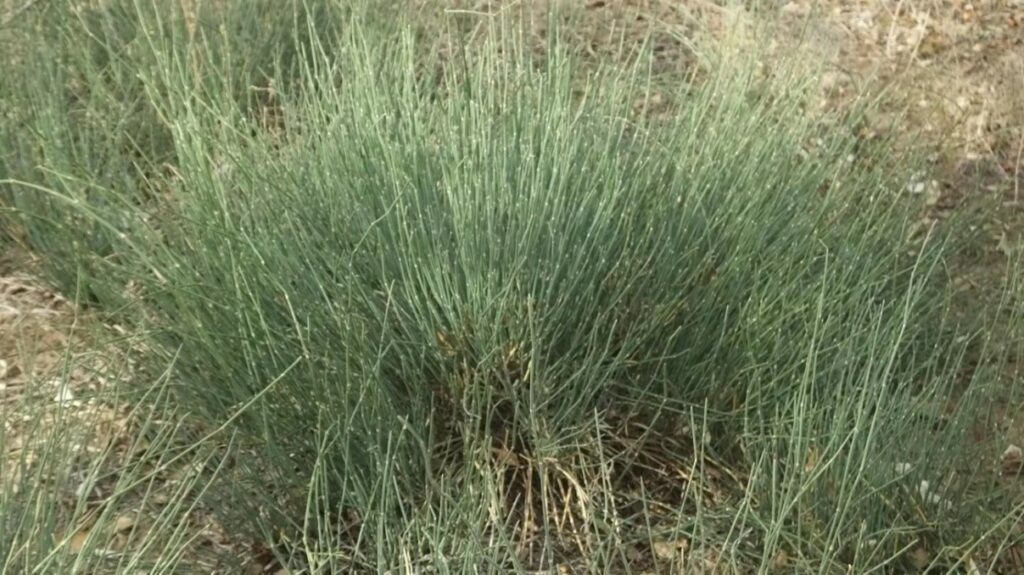
It grows in a sunny, drought-tolerant location. It can be increased by seed or by dividing the plant, but it takes 5 to 6 years for growing. The main ingredient is ephedrine, which is used to treat colds and asthma.
